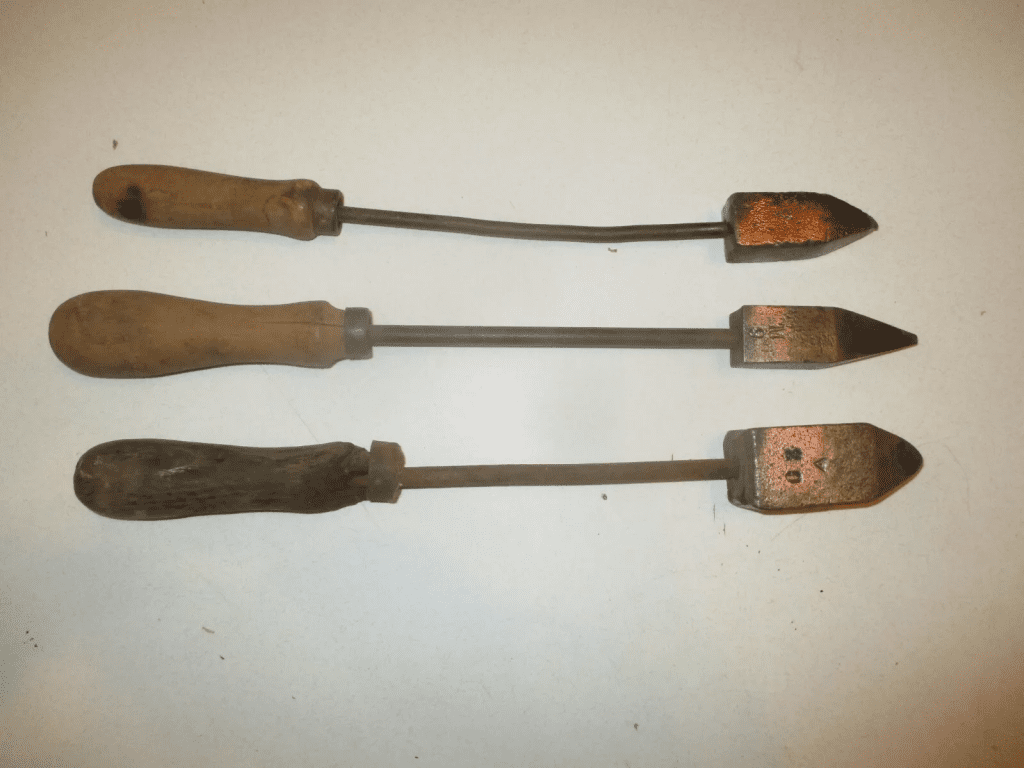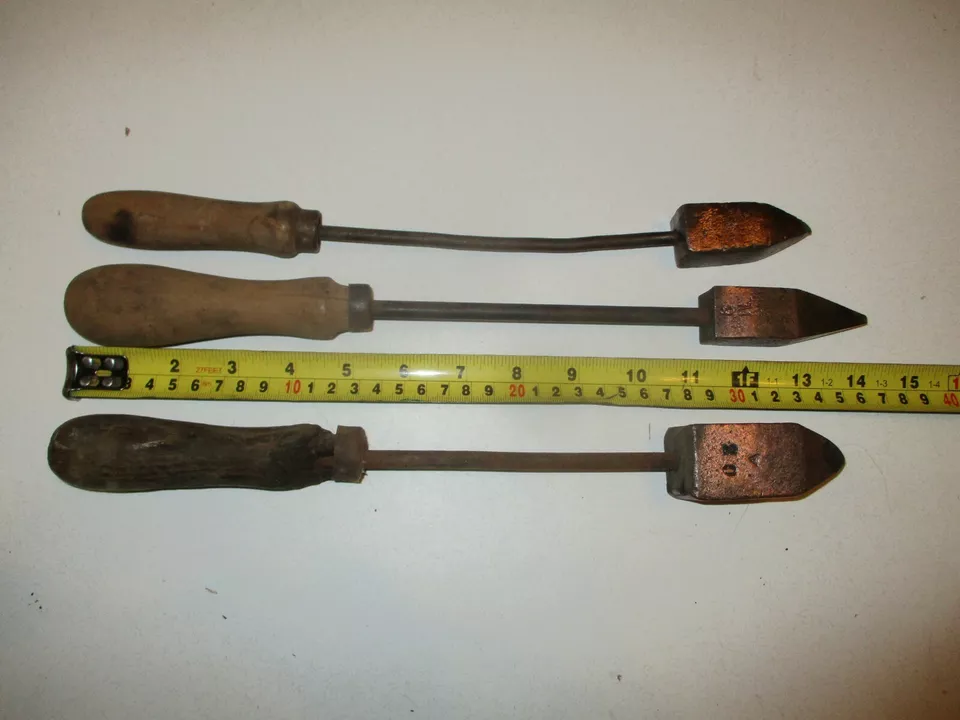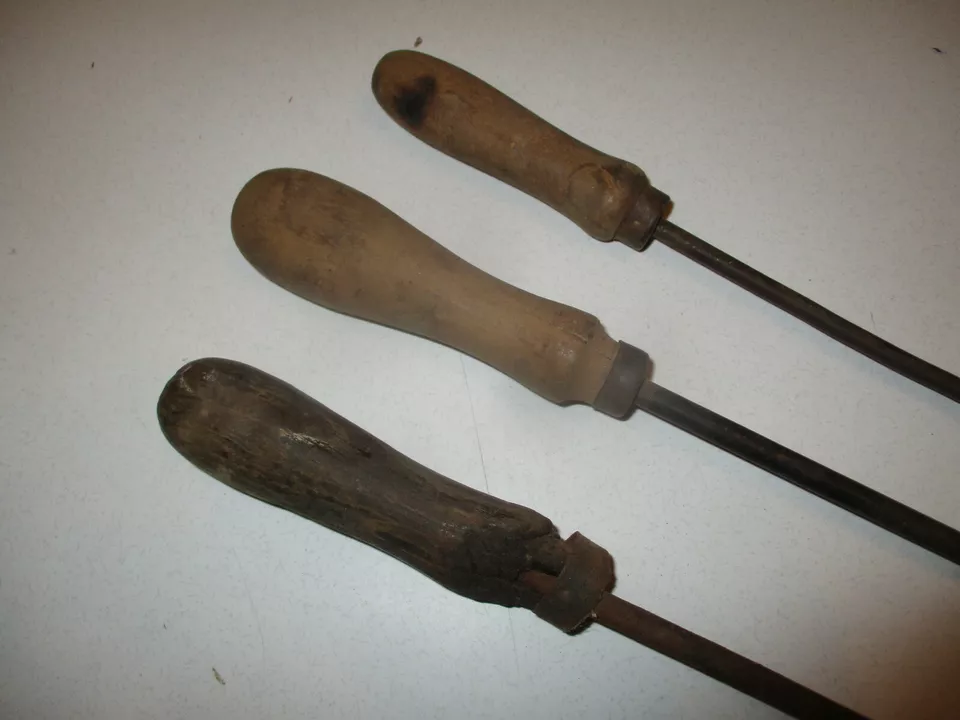The soldering iron has been an indispensable tool in various fields for centuries. From ancient metalwork to modern electronics, this tool has undergone an incredible transformation. Its journey is not only a testament to human ingenuity but also a pivotal piece of history that continues to inspire creators today.
From Ancient Beginnings to Modern Marvels

The origins of soldering can be traced back to ancient civilizations like the Egyptians, Greeks, and Romans. These early societies used rudimentary forms of soldering to craft jewelry, weapons, and tools. By heating metal rods and using molten alloys, they were able to fuse metals like gold, silver, and copper together. These methods, although basic by today’s standards, laid the groundwork for the sophisticated techniques we use today.
Fast forward to the late 19th and early 20th centuries, and the soldering iron had evolved significantly. The rise of electricity in the modern world spurred innovations in electrical soldering. Early soldering irons, which were non-electric and heated over open flames or coals, were soon replaced by electric versions. The modern electric soldering iron was about to revolutionize industries such as electronics, metalwork, and more.
The Birth of the Electric Soldering Iron
The real game-changer came in the early 20th century, thanks to inventors like Ernst Sachs. In 1921, Sachs developed a regulated electrical soldering iron, which brought precision and efficiency to the process of soldering. This innovation became a critical tool in the emerging electronics industry. Early electric soldering irons were equipped with basic resistive heating elements and sturdy metal tips that retained heat efficiently, making them reliable and long-lasting.
With this advancement, soldering irons became essential tools in the production and repair of electrical components. From radios to telegraphs, and eventually televisions, these devices relied on the delicate work that only a well-crafted soldering iron could deliver.
The Many Uses of the Vintage Soldering Iron
While modern soldering irons are primarily associated with electronics, their vintage counterparts were far more versatile. Early on, they were used in a variety of trades, from jewelry crafting to metalwork. In these fields, craftsmen relied on soldering irons to create strong, durable bonds between metals. However, it was in the world of electronics that the soldering iron truly found its niche.
In the early days of radio and television manufacturing, soldering irons became indispensable tools for assembling complex devices. Crafting a secure connection between circuit boards, resistors, and other components required a skilled hand and a reliable tool. The vintage soldering iron made it possible to produce these connections with precision and durability.
Beyond electronics, soldering irons also found their way into more artistic pursuits. In stained glass art, for instance, the soldering iron was used to bind metal frames that held together delicate pieces of glass. This practice required not only technical skill but also an artistic eye, as the quality of the soldering directly impacted the final piece’s aesthetics.
The Legacy of the Vintage Soldering Iron

The vintage soldering iron played a crucial role in shaping the world of manufacturing, craftsmanship, and even the DIY movement. Its introduction to industries like electronics assembly revolutionized how devices were produced and repaired, allowing for the mass production of consumer electronics. Without this tool, we might not have seen the rapid progress that led to innovations such as the transistor radio, early computers, and household appliances.
One reason vintage soldering irons remain so cherished is their exceptional durability. Many of these tools were built to last, with robust designs and high-quality materials. Unlike some modern models, which may focus on convenience over longevity, vintage soldering irons are still revered by collectors, electronics enthusiasts, and hobbyists. Their reliability and craftsmanship have left a lasting impression on those who still use them today.
Comparing Vintage and Modern Soldering Irons
In today’s world, technology has dramatically advanced, and with it, so has the soldering iron. Modern soldering irons are more precise and often feature temperature controls, allowing for greater flexibility in delicate operations. They come in a variety of shapes and sizes, tailored for specific tasks like surface mount technology (SMT) soldering or working on intricate circuit boards.

Despite these advances, vintage soldering irons still hold a special place in workshops around the world. Their simplicity and effectiveness continue to inspire a generation of makers, DIY enthusiasts, and repair professionals who appreciate the craftsmanship behind these classic tools.
Many argue that the materials used in vintage soldering irons, particularly their durable metal tips, were of superior quality compared to today’s disposable models. In fact, some vintage models are still in use after decades, a testament to their longevity and solid construction.
Inspiring Future Generations of Makers
The enduring appeal of vintage soldering irons goes beyond their functionality. They represent a golden era of innovation and creation. In a time when most repairs were done by hand, these tools were at the forefront of the maker movement, inspiring generations of craftsmen and inventors to tinker, build, and create.

While modern technology has streamlined many aspects of production, the spirit of DIY craftsmanship is alive and well. Vintage soldering irons, with their classic design and rugged build, continue to fuel this passion for hands-on creation. Whether you’re fixing a vintage radio or piecing together an intricate stained-glass project, these irons remain a symbol of what can be achieved through patience, precision, and skill.
Conclusion: A Lasting Impact on Craftsmanship and Innovation
The vintage soldering iron is more than just a tool—it’s a bridge between past and present, connecting the ancient art of metalwork with the modern world of electronics. Its evolution has played a key role in shaping industries and continues to inspire today’s creators. Whether it’s the sturdy craftsmanship or the simplicity of its design, the vintage soldering iron holds a timeless appeal.
In an age where technology is constantly evolving, the vintage soldering iron reminds us of the value of durable, reliable tools. It’s a legacy that speaks not only to the history of craftsmanship but also to the creative spirit that drives innovation. So, the next time you see one of these classic tools, take a moment to appreciate the ingenuity and skill that has gone into making it a vital part of our technological history.